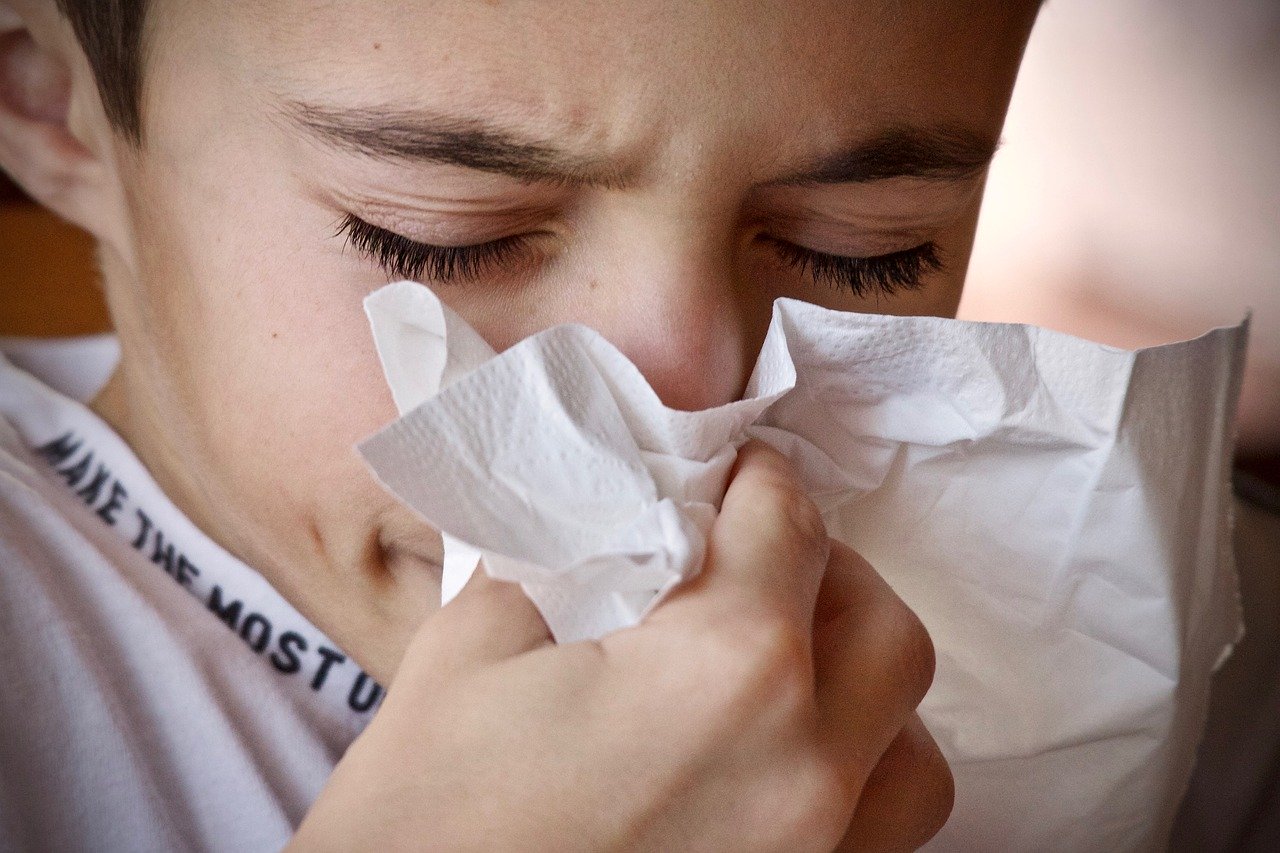Because COVID symptoms – fever, cough, aches – are similar to flu symptoms, it is tempting to compare the two. Indeed, the UK’s new health secretary, Sajid Javid, recently said: “We are going to have to learn to accept the existence of Covid and find ways to cope with it – just as we already do with flu.”
But have we picked the wrong disease to compare COVID-19 with? Outside of a pandemic, we accept that seasonal flu is an infection anyone might catch. We vaccinate only those who are particularly prone to complications and treat people with severe side-effects, such as pneumonia. Otherwise, people are left to go about their business. Global deaths from flu-related illness typically amount to around 400,000 each year.
While we do need to find some way of living with COVID-19, the numbers suggest we’re still a long way from being able to treat it in the same way. There have been over 180 million cases around the world since early 2020, and at least 4 million people have died from the disease. On top of this, we’re not sure of the real effect of long COVID yet, but lasting symptoms are common, with one in ten people still experiencing illness 12 weeks after their infection. Currently, the health effect of COVID-19 across the population is much greater than flu.
We also know that COVID-19 is more infectious. We can be sure of this because, over the last 18 months, measures to control COVID-19 have reduced flu cases to almost none, but they obviously haven’t been as effective at stopping the coronavirus from spreading. Cases were close to zero in the southern hemisphere during its winter in the middle of 2020 and again in Europe and North America between November 2020 and March 2021. Even in countries with high rates of COVID-19, such as South Africa and the UK, winter saw hardly any recorded cases of flu.
All of this suggests that using methods typically used to combat flu will have quite a different effect on COVID-19. Treating COVID-19 like flu will result in many more cases and deaths, and much more lingering illness, than seen in a typical influenza season.
Another comparison
Of course, SARS-CoV-2 – the virus that causes COVID-19 – does share some characteristics with influenza viruses, which makes comparisons tempting. Around 20% of people have no symptoms at all when infected with SARS-CoV-2, and many people infected with a flu virus also don’t get sick. Both viruses are prone to a lot of mutation. And with both diseases, older people and people with weakened immune systems are at a higher risk of severe illness than healthy young adults, with infections spreading rapidly in care homes, hospital wards and schools.
But a lot of these traits are also shared by another germ: the norovirus. It too can be asymptomatic in some people, and mutates rapidly – different strains of norovirus have been found circulating around the same hospital during one season. In fact, as it spreads around, norovirus sometimes changes so much that standard testing kits can’t recognize versions of it that have evolved.
Most people with symptomatic norovirus infections have diarrhea, but some experience projectile vomiting as well. This creates an aerosol full of virus that spreads around any room and leaves it on surfaces, waiting for others to pick it up, as happens with respiratory viruses. COVID-19 also causes diarrhea in some patients. Flu is not the only viral disease that COVID-19 can be compared to.
Equally, there are a lot of differences between SARS-CoV-2 and norovirus, so why labour the comparison? Well, as vaccines and other control measures get the virus under control, more and more parts of the world will join those others where lockdowns have been lifted, social distancing rules have been relaxed, and it’s safe to leave the house without wearing a mask. But we must still expect outbreaks of COVID-19 for years to come and must have plans to deal with them as they arise.
Knowing what we know about these viruses, these plans should consider controlling SARS-CoV-2 more like we would norovirus than flu. With norovirus, we keep people with the infection away from others. We ask parents whose children have symptoms to keep them off school. And in hospitals and care homes, patients with norovirus are nursed separately from others, staff use PPE for protection, and surfaces are deep cleaned. Handling COVID-19 in the future should be more interventionist like this. It should be more akin to living with norovirus than the flu.
In the meantime, we have developed some good hygiene habits during the pandemic, such as washing hands a bit more often and ventilating buildings better. Those who can wear a mask should think about keeping it up in enclosed spaces and on public transport. These simple measures should help to stop the spread of lots of viral diseases – whether against influenza, norovirus or COVID-19 – before bigger interventions are needed.
Sarah Pitt, Principal Lecturer, Microbiology and Biomedical Science Practice, Fellow of the Institute of Biomedical Science, University of Brighton
This article is republished from The Conversation under a Creative Commons license. Read the original article.
















